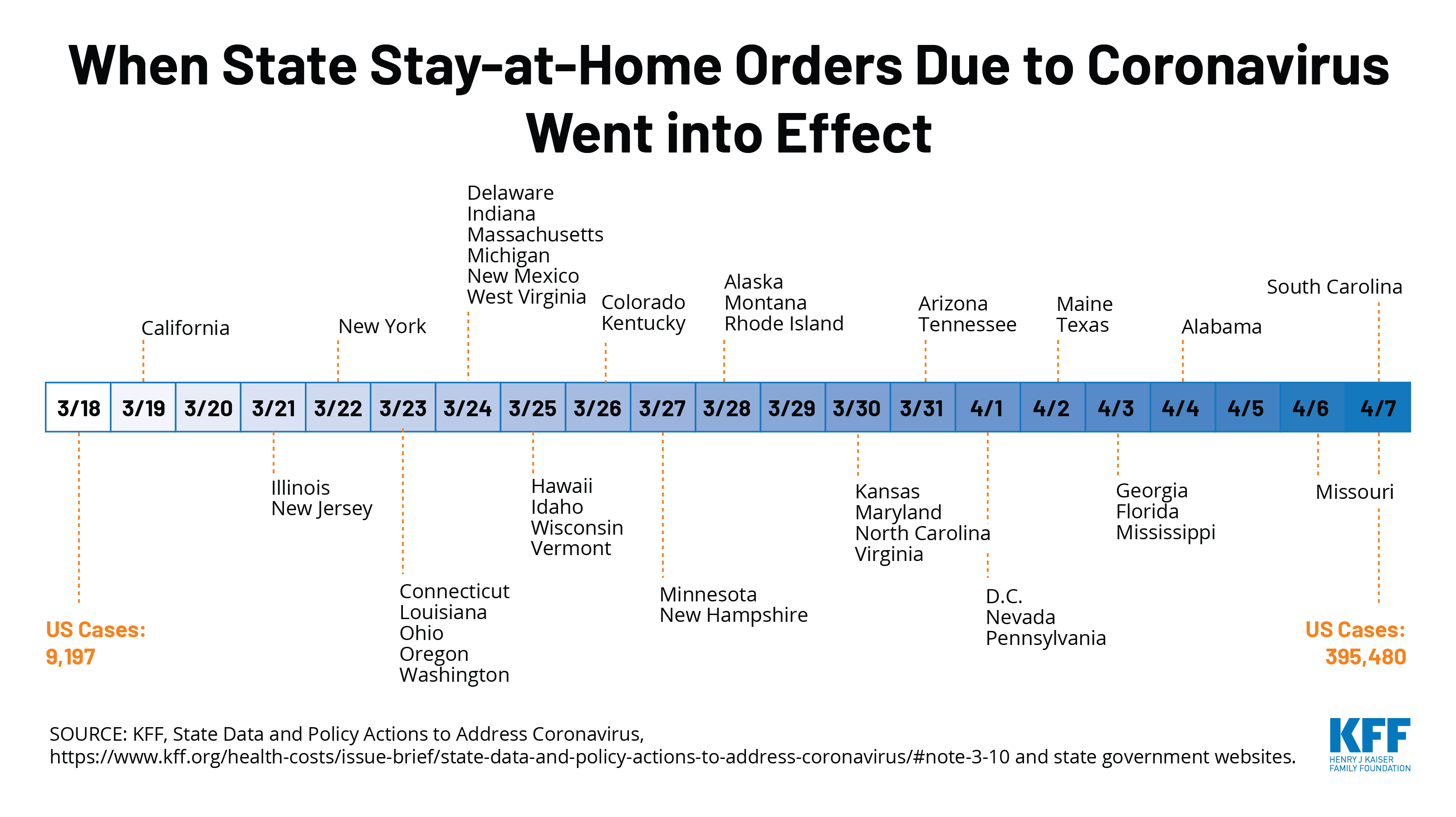A charismatic figure with slicked back grey hair, California governor Gavin Newsome was spotlit on the podium in the governor’s office of emergency services on March 19 last year.
He spoke about making tough decisions and how this was a moment where we needed to tell people the truth. Shortly after, California became the first state to officially implement stay-at-home orders.

Days earlier, then-President Trump had declared COVID-19 a national emergency. Beyond that, there was still no clear national mandate or a coordinated federal response from the government.
A bold move by Governor Newsome, it was viewed as the state’s attempt to get ahead of the contagion and “flatten the curve”.
The next phase of more restrictive lockdowns would follow similar messaging. To reduce the spread of the novel coronavirus “at all costs” and to alleviate a straining healthcare system.
Apply a quick tactical read to most of the statements put out by the other states and you will mostly unearth the same buffet of platitudes: COVID-19 is very dangerous, we don’t know much about it yet, but lockdowns are an absolutely necessary response at this time.
Clearly, we were dealing with a highly contagious pathogen. Yet, not every state shared the same “at all costs” sentiment, with some like New York and California enforcing strict lockdowns while other governors dragged their feet and deferred to local jurisdictions.
Imagine how appalled Californians were to learn of Governor Newsome’s fancy maskless dinner party in the midst of a sustained pandemic? His apology was frankly too little too late.
Bad optics combined with whipsaw messaging across federal state and county levels, made the situation ripe for the rumor mill.
Many citizens mistakenly assumed this was nothing more than the seasonal flu and open protests broke out throughout the country. Elsewhere, select sporting events and other recreational activities were permitted to continue.
In the midst of the pandemic, I returned stateside in September to be with family and friends. At one of my nephew’s pee wee football games, I observed how they were instructed not to shake hands after. This was in spite of spending the past hour in close proximity to each other’s body fluids and sweat, as would be expected in a contact sport. I found the hypocrisy alarming.
Later on a domestic flight, I shared a photo of myself in a fully loaded fuselage with other passengers. As a small business owner who also owns a stake in some restaurants, I have personally felt the effects of reduced capacity rulings.
How did the rules not apply to major airlines and big corporations like the NFL, who recently staged the Superbowl with thousands of spectators, while small businesses and communities across the country continue to be ravaged by the lockdowns and restrictions?
How many of you have had Covid at this point…and how did it affect you?
— Rich Franklin (@RichFranklin) February 17, 2021
I recently reached out on Twitter to gather others’ experiences with the virus. In no way am I downplaying this ordeal. COVID-19 is a certifiable health threat. There’s so much more we have to learn about the virus and its strains. But we can’t skirt around the fact that people have lost their lives directly or indirectly because of COVID-19.
However, having conflicting standards across different industries and states just betrays the “at all costs” policy. Even more egregious is the assumption that adopting such a hard stance would not incur side effects that might compromise human life to a higher degree – increased rates of suicide, loss of livelihoods, economic displacement – many of which will not dissipate so soon.
One might argue that our country has never encountered a public health crisis of this magnitude. Then again, I can say the same about our response.
In our past encounters with viruses like SARS, Ebola and H1N1, no state-wide movement orders or lockdowns were ever issued. Instead, epidemiological analysis, travel advisories, tracking, testing and isolation procedures proved effective in preventing an outbreak.
With such a radical departure from what I believe is a more measured and evidence-based approach, the lockdowns, in many ways, feel like an overreaction.
This is not meant to be a plea to simply bring back the communal pleasures we so crave; barber shops, spas, movie theaters, gyms or bowling alleys.
All I’m asking is for politicians and public health authorities to be consistent with their rules and stop moving the goalposts on lockdowns or when life will be back to normal.
In more brusque language, stop stoking fear!
